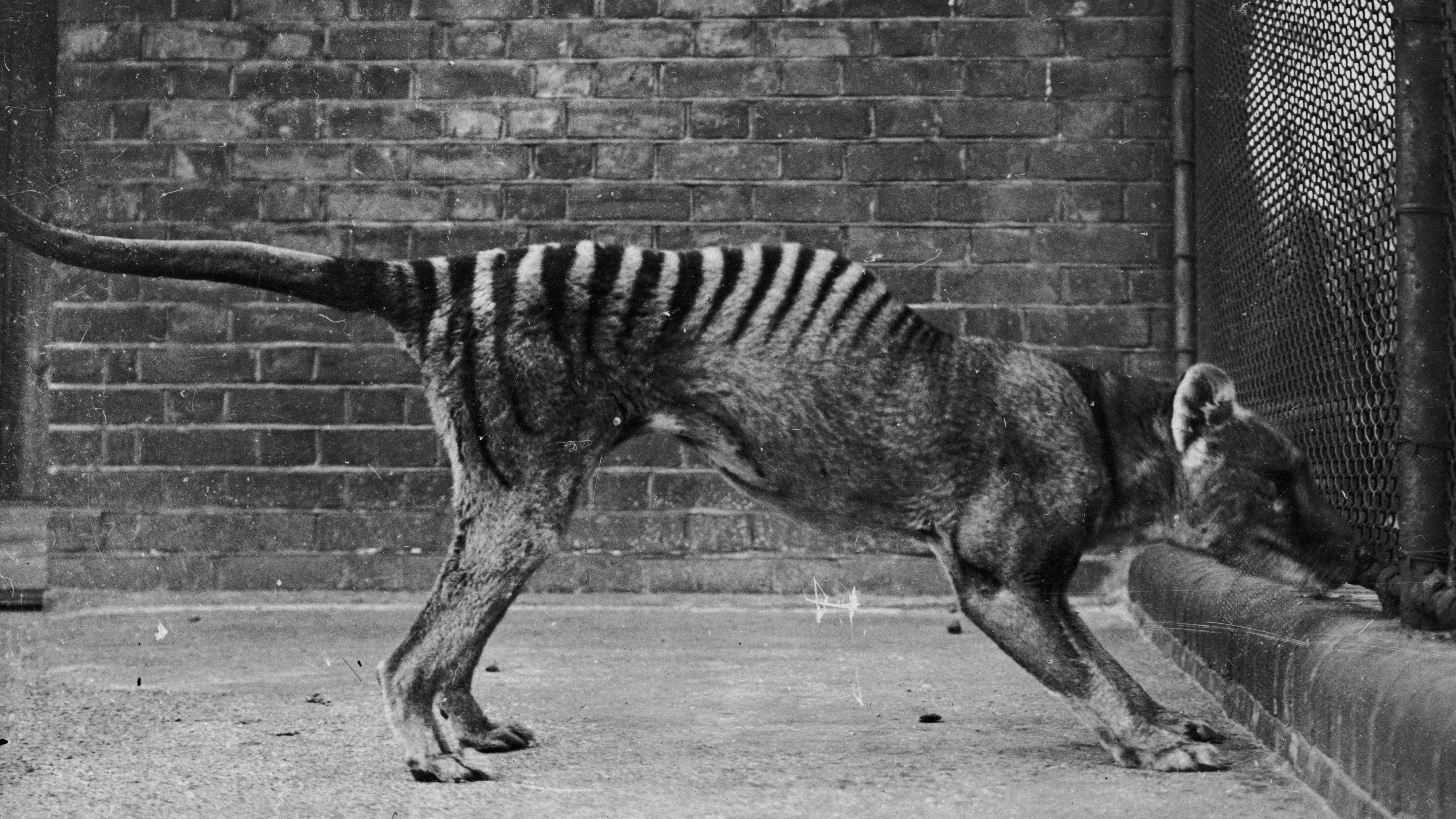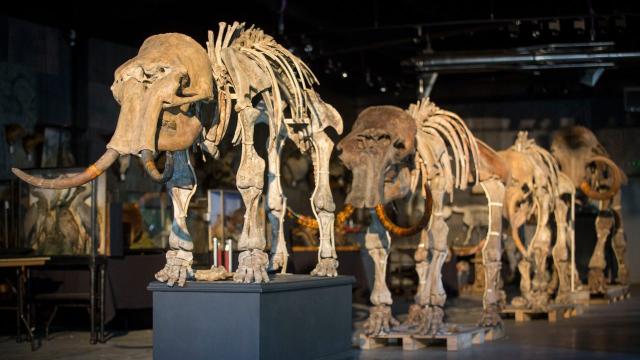A venture capital firm funded by the CIA has officially placed its bets on bringing back extinct species like the woolly mammoth and the thylacine, according to a public portfolio released this month and spotted by The Intercept.
The company is called In-Q-Tel, and its mission (according to its website) is to invest in technologies that bolster the United States’ national security. In-Q-Tel is over 20 years old, but only now have its taxpayer dollars been directed towards the genetically-engineered resurrection of extinct animals, or de-extinction.
In-Q-Tel has now added Colossal Biosciences to its public portfolio; in other words, the CIA has thrown taxpayer dollars behind de-extinction efforts. Colossal made headlines last year when it announced its intention to bring back the wooly mammoth, the appreciably hairier cousin of the elephant, which went extinct about 4,000 years ago. The company’s stated goal is to bring a mammoth calf into the world within five years.
Colossal followed up that statement this summer, when it announced it would also try to resurrect the thylacine, or Tasmanian tiger, a wolf-like marsupial that was driven to extinction by overhunting in the early 20th century.
Colossal argues that “rewilding” such extinct creatures will support local economies and help reverse the effects of climate change by having a net positive effect on carbon offset.
Critics of de-extinction raise several problems: they argue that the original habitats of most extinct animals no longer exist and that funding put towards de-extinction would be better invested in protecting species that are still around. Colossal and its supporters contend that funding the genomics research behind de-extinction and funding conservation work are not mutually exclusive.
Complicating matters on a conceptual level is that whichever animals are cobbled together from the genomes of extinct species and their nearest extant cousins wouldn’t be the same animals that disappeared years ago. They’d be proxy species: animals that look and might act like the ones that are gone.
Even if de-extinction goes over flawlessly — which is to say, without harming either the animals used to produce the proxy animals or the proxy animals themselves — behavioural characteristics can’t be extrapolated from genes. In other words, the animals won’t have a pre-existing population to teach them how to act like a mammoth or a thylacine.

On its website, Colossal also states its intention to eventually resurrect the dodo bird, a flightless bird endemic to Mauritius that was hunted to extinction in the 17th century.
In a 2019 debate on de-extinction, Colossal co-founder George Church said that bringing back the mammoth is not just a vanity project, or something cooked up for the sake of recreating a cool animal. The research involved in mammoth de-extinction could mean helping cure the herpesvirus in Asian elephants. Church said that questions of human guilt about extinction are “almost irrelevant,” and that “the question is, do these species have something to offer us?”
Since In-Q-Tel’s mission is about investing in technology that strengthens national security, you may wonder if there are hairy proboscidean or carnivorous marsupial super-soldiers on the horizon. Oh, that was just me? The reality is much simpler — though only as simple as the actual feat of de-extinction.
In a blog post published to the company’s website on September 20, two executives emphasised the importance of understanding genomics and applying new computer power to biological datasets. “Strategically, it’s less about the mammoths and more about the capability,” they wrote.
Alongside Colossal, In-Q-Tel named Chi Botanic and Living Carbon (both work on genetically engineering plants) as companies doing useful research in complex bioengineering. Colossal is the only one of the three that In-Q-Tel has in its portfolio.
CIA officers may be able to profit off the research, though. The Intercept reported that members of In-Q-Tel’s board are permitted to sit on the boards of companies in which the firm invests. In 2016, the Wall Street Journal found that half of In-Q-Tel’s board members were connected to companies the firm had invested in, raising ethics concerns.
Even if the timeline is short, de-extinction is a long way off. It depends on what you expect out of the process. Something mammoth-like or thylacine-ish could well come out of Colossal’s work, now by way of the CIA’s funding. But whether you think the final result is akin to the work of Lazarus or Frankenstein is another matter.
More: Forget the Woolly Mammoth — Let’s Resurrect Some Extinct Plants
